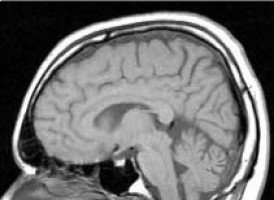
Breast cancer cells that break off from tumours have a biological 'fingerprint' that could allow doctors to spot women whose disease is likely to spread to the brain, according to US research.
This could lead to better ways of treating women with the disease, and even to new drugs to stop it spreading.
The discovery came after a team of researchers based at Baylor College of Medicine in Texas took cells that had broken away from women's breast cancers into their bloodstream and - in a world first - grew them in the laboratory.
Analysis of the cells revealed that those from women whose cancer had spread to the brain bore a unique combination of proteins in their surface.
These included human epidermal growth factor receptor 2 (HER2 ), epidermal growth factor receptor (EGFR), heparanase (HPSE) and Notch1.
Further work in animal models confirmed that cells with this fingerprint were adept at spreading to the brain.
These cells, called circulating tumour cells (CTCs), travel through the bloodstream like airborne seeds. And if they cross the blood-brain barrier - the brain's natural defence mechanism - they can form secondary brain tumours.
But studying CTCs has proved difficult as they are rare, and hard to isolate and grow outside the body.
Professor Caroline Dive, an expert in CTC research based at Cancer Research UK's Paterson Institute in Manchester, said the finding took the field of CTC research to a whole new level.
"Isolating CTCs from patients and growing them in the lab is the holy grail in this field. It's the first step towards a much clearer understanding of how and why some breast tumour cells survive in the bloodstream and lead to brain tumours.
"Being able to identify which CTCs survive the trip and seed cancer spread is crucial to find new ways to treat the disease," she added.
The study is published in the journal Science Translational Medicine.
Source: CRUK